What is docking and how does it work? When it comes to marine life, vessels, and ships, docking is a key concept that plays a critical role in their everyday operations. what is Docking and what is a dock? How does it work, and why is it so important for maintaining vessels? Whether you are a sailor, marine enthusiast, or just curious about the maritime world, this blog post will give you a clear and easy-to-understand breakdown of docking in marine life and vessels.
In this article, we will explore the following:
- What is docking in marine life?
- What is docking a vessel?
- What is docking and What is a dry dock?
We will go through the different types of docking, their significance, and how they help ensure that vessels remain safe, efficient, and functional.
Table of Contents
What Is Docking in Marine Life?
So what is docking in marine life? When most people think of “docking,” they imagine a ship or boat coming into port, but in marine biology, the term also has a different meaning. So, let’s clarify first what docking means in the context of marine life.

Docking in marine biology refers to the way certain sea animals—particularly marine mammals—interact with their environment, including how they rest, swim, or surface for air. It can also be used to describe certain behaviors such as when dolphins or whales rest by briefly floating motionless near the water’s surface or even along the shoreline. In a sense, it is an adaptation for conserving energy and staying safe.
However, in the context of vessel operation, the term “docking” is most commonly used. Here is where it gets interesting!
Also Read: What is the Difference Between Mooring and Berthing: 7 Important Things You Need to Know
What Is Docking a Vessel?
Docking a vessel refers to the act of bringing a boat, ship, or other types of watercraft into a dock (a designated space along the water where ships can be secured) for purposes such as unloading cargo, maintenance, or simply for temporary storage. In simpler terms, it is the process of securing a vessel to a dock or pier for various reasons, including:
- Unloading or loading goods
- Repairs and maintenance
- Safe harboring during bad weather
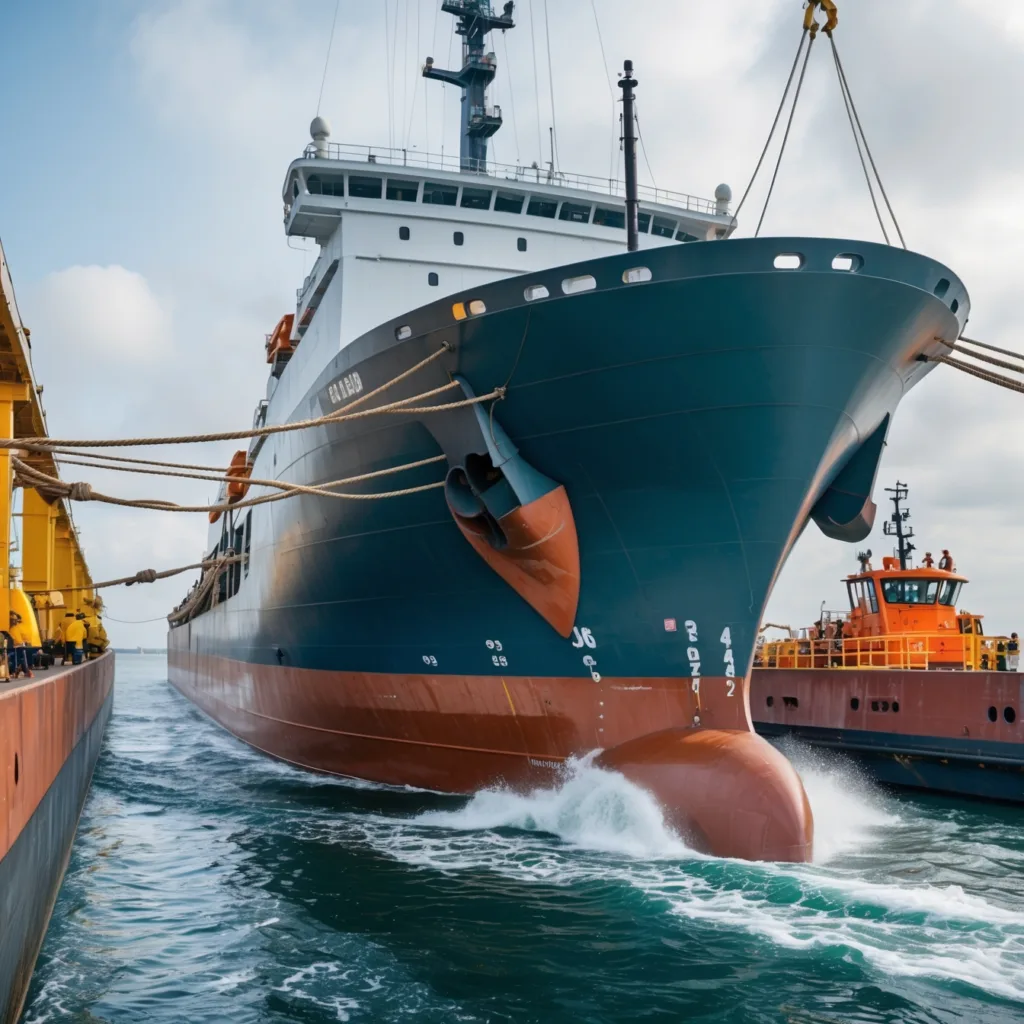
Why Is Docking Important for Vessels?
What is docking and why is it important? Docking is essential for the safety and longevity of vessels. It serves several crucial functions, such as:
- Prevention of damage: Vessels dock in calm waters to avoid crashing into rocks, ice, or other obstacles.
- Preservation: Docking allows for proper storage and protection, especially for smaller boats or luxury yachts.
- Maintenance: Periodic docking is necessary for checking the hull, making repairs, or performing routine maintenance like cleaning and painting.
Types of Docking for Vessels
There are different types of docking methods, each suited for specific purposes. Here are a few of the most common types worth considering.
1. Wet Docking
Wet docking refers to the traditional method of bringing a vessel into a dock while it remains in the water. This is often used for ships that need to be docked temporarily for loading, unloading, or waiting out bad weather. Wet docks are especially common for commercial vessels that make frequent stops at ports.
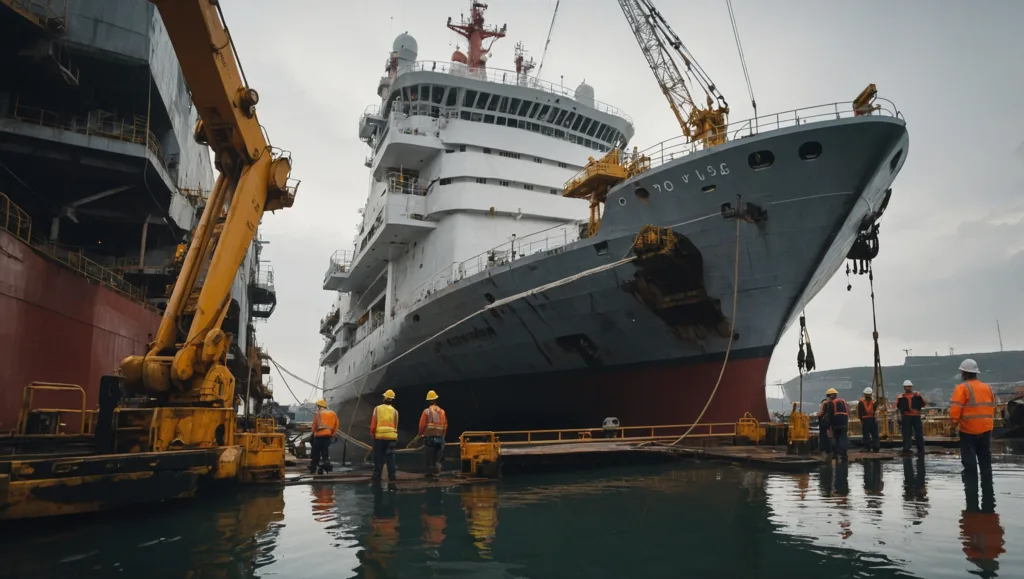
2. Dry Docking
Dry docking involves taking a vessel out of the water and into a dry dock—a specially designed structure used for repairs, maintenance, and inspections. This process is typically performed at shipyards or docking facilities. The dry dock is a giant basin that is filled with water to float the vessel in, then the water is drained out, leaving the vessel resting on blocks or supports.
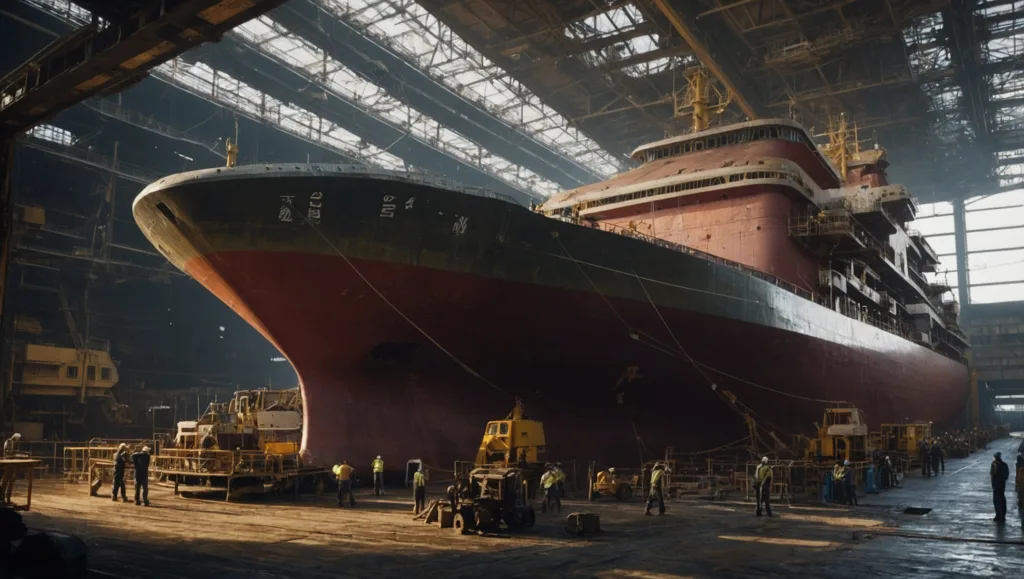
Dry docking is especially useful for:
- Hull inspections and repairs
- Overhaul of machinery
- Painting and maintenance of the boat’s exterior
What Is a Dry Dock
What is docking and what is a dry dock? If you have heard the term “dry dock” and wondered what it meant, you are not alone. Dry docking is a key part of vessel maintenance, especially for large ships like cruise liners, tankers, and container ships. It is a process where ships are removed from the water to undergo inspections and repairs.
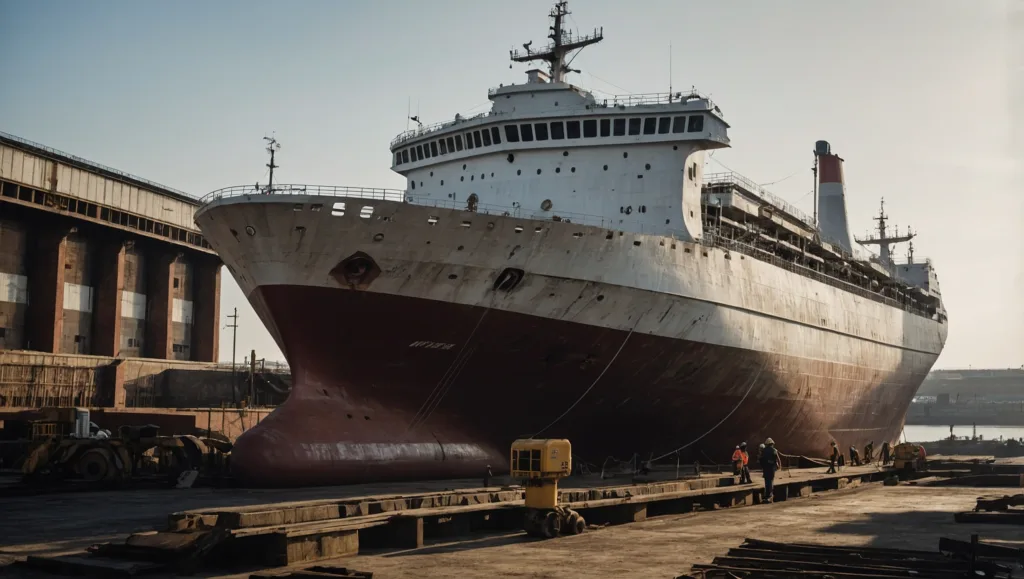
How Does a Dry Dock Work?
Dry docks are essentially giant basins or docks that can be flooded with water to float a ship in. Once the ship is in the dock, the water is drained out, leaving the vessel resting on blocks. The dry dock allows workers to access the ship’s hull, keel, and propeller, which are typically submerged in water and not visible when the ship is afloat.
The process involves several steps:
- Entering the dock: The vessel is carefully maneuvered into the dry dock using tugboats or its own propulsion.
- Flooding the dock: The dock is flooded with water to allow the vessel to float and position itself in the correct spot.
- Draining the water: After the vessel is securely in place, the water is drained from the dock, leaving the ship to sit on the dock’s blocks or supports.
- Maintenance: With the ship out of the water, maintenance crews can inspect and repair the vessel’s hull, remove barnacles, or replace parts that may have been worn down.
Why Is Dry Docking Important?
Dry docking is a vital part of vessel maintenance and safety. It allows for a detailed inspection of the ship’s hull, which is essential for identifying issues like corrosion, cracks, or other structural problems that could be dangerous if left unaddressed. Regular dry docking ensures that vessels remain seaworthy and helps prevent catastrophic failures.
Also Read: What is a Mooring Buoy? Maintenance & Safety Tips | 11 Things You Need to Know
Key Benefits of Dry Docking
Dry docking offers a number of important benefits, including:
- Hull Maintenance: Inspecting and cleaning the hull to prevent corrosion and damage from saltwater and marine organisms.
- Engine Overhaul: Repairing or replacing parts of the engine and machinery.
- Paint and Coating: Repainting the hull to protect it from the elements.
- Safety Inspections: Ensuring that all safety equipment is up to standard and performing well.
The Importance of Regular Docking for Vessel Health
Docking, whether wet or dry, plays an essential role in maintaining the overall health of a vessel. Without proper docking, vessels would be more prone to damage, which could lead to expensive repairs or, worse, accidents on the open water.

Regular docking ensures that vessels remain functional, safe, and effective throughout their life cycle. By performing maintenance tasks, inspecting key components, and protecting the vessel from external damage, docking helps vessels stay operational for years.
When Do Ships and Boats Need to Be Docked?
The need for docking varies depending on the type of vessel and how often it is used. Here are some general guidelines for when docking is necessary:
- Commercial Ships: Large ships may need to dock every few months for routine maintenance and inspections.
- Private Boats and Yachts: Smaller boats should be docked at least once a year for a thorough checkup, particularly for hull cleaning and engine maintenance.
- Cargo Ships: These vessels often dock more frequently due to the harsh conditions they face at sea.
Conclusion: The Vital Role of Docking in Maritime Operations
Docking, whether in the context of marine life or vessel maintenance, plays a crucial role in the smooth operation of the maritime industry. Whether it’s ensuring marine mammals can safely rest or providing vessels with the necessary care to stay seaworthy, docking is a vital component of life at sea.
Understanding the various types of docking methods—whether it is wet docking for temporary stays at port, dry docking for in-depth repairs, or simply securing a boat for safe harbor—helps us appreciate the complex systems that keep vessels running smoothly. So, next time you see a ship docked at port, you will know exactly what is going on behind the scenes to keep it in tip-top shape.
By regularly docking ships and boats, we not only ensure their safety and efficiency but also extend their lifespans, making them reliable for years to come. Whether you are a sailor, a maritime enthusiast, or just someone curious about how the sea works, understanding the importance of docking helps us all better appreciate the complexities of the maritime world.
FAQS
What does it mean when a ship is docking?
When a ship is docking, it means that the vessel is maneuvering into a designated dock or berth at a port or harbor for unloading, loading, or maintenance. The docking process typically involves the vessel carefully approaching the pier or dock, where it will be secured using ropes or other fastening methods to ensure it stays in place.
What does it mean to dock a boat?
Docking a boat refers to the process of bringing the boat to a dock or pier for safety, maintenance, or to disembark passengers. It involves guiding the boat into a dock space, securing it with ropes, and ensuring that it remains stationary while tied to the dock.
What is vessel docking?
Vessel docking is the act of maneuvering a large marine vessel (such as a ship or boat) into a designated docking area in a harbor or port. This process involves carefully navigating the vessel into position to securely tie it to the dock for purposes such as cargo transfer, maintenance, or passenger disembarkation.
What is the difference between docking and berthing?
The main difference between docking and berthing is the type of space used. Docking typically refers to the process of bringing a vessel into a specifically designed dock for secure maintenance or repair. Berthing, on the other hand, refers to a broader term of securing a vessel in any space at a port or harbor—this could include docks, piers, or other designated spots where ships are anchored.
What is required when docking your boat?
When docking your boat, you’ll need to ensure you have the proper docking equipment such as ropes or lines to secure the vessel to the dock. It’s also important to check the weather, the tide conditions, and ensure that the boat is safely maneuvered into the dock without causing damage. Some marinas may also require boat owners to follow specific docking procedures or use additional equipment like fenders to protect the boat from impacts.
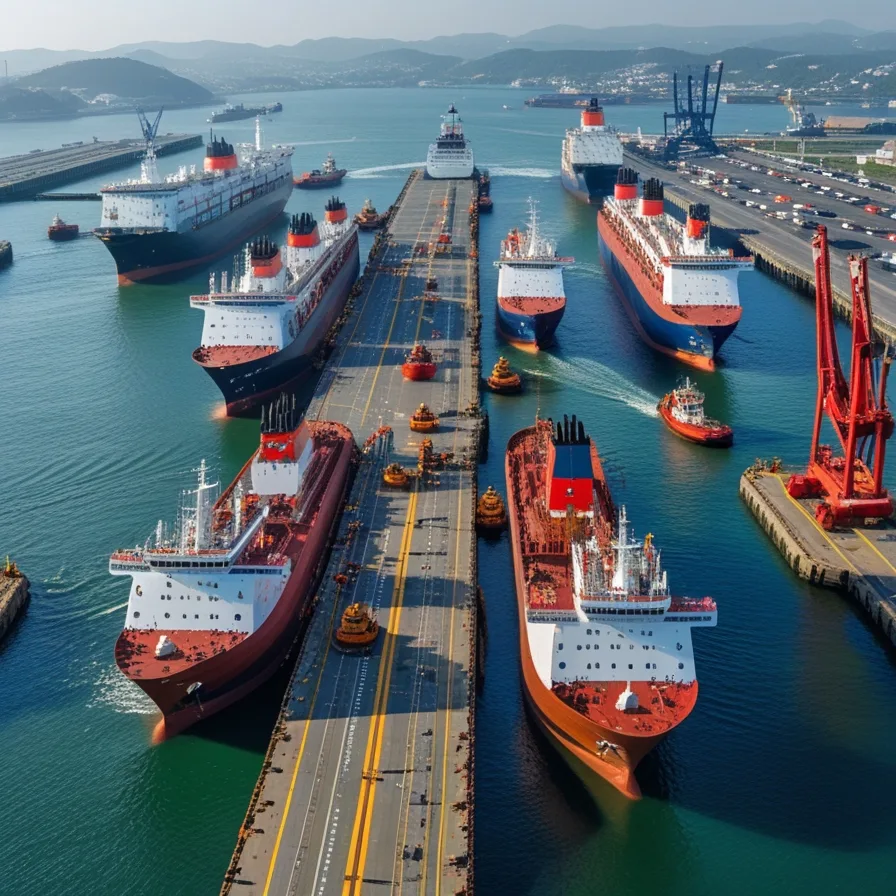


3 Comments